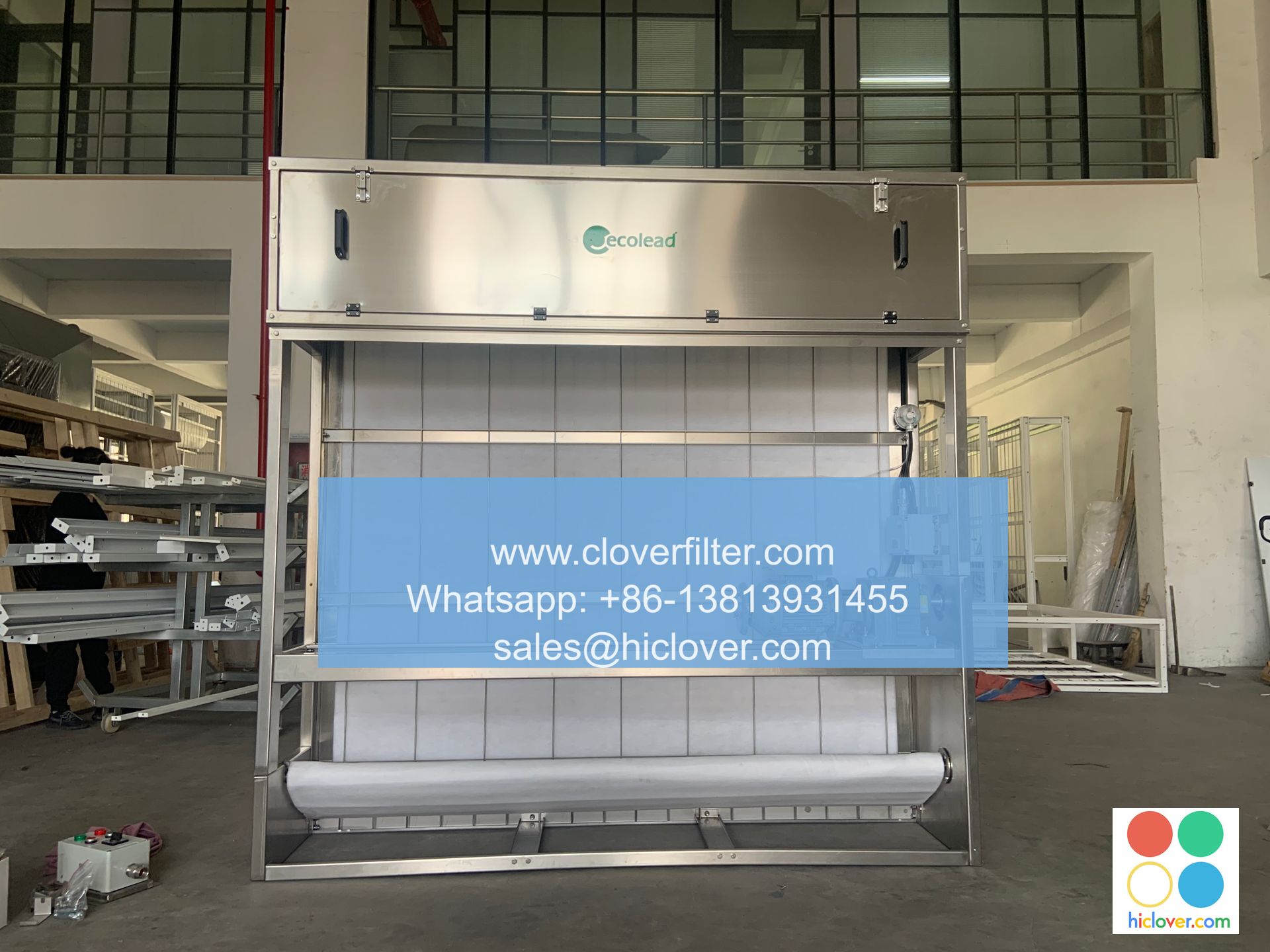The Future of Air Quality: High-Performance Air Filters and Beyond

The air we breathe is essential for our health, well-being, and quality of life. With the increasing global concern about environmental pollution, maintaining good air quality has become a pressing issue. In this article, we will explore the advancements in high-performance air filters and beyond, examining the future of air quality technology and its potential applications.
What are High-Performance Air Filters?
High-performance air filters, also known as HEPA (High Efficiency Particulate Air) filters, are designed to capture 99.97% of particles as small as 0.3 microns from the air, including dust, pollen, pet dander, and other pollutants. These filters are commonly used in residential, commercial, and industrial settings to improve indoor air quality.
Applications of High-Performance Air Filters
High-performance air filters are widely used in various applications:
- HVAC Systems: HEPA filters are integrated into heating, ventilation, and air conditioning (HVAC) systems to remove allergens, odors, and pollutants from indoor air.
- Industrial Applications: High-performance air filters are used in manufacturing facilities, warehouses, and factories to control emissions and maintain clean air environments.
- Commercial Spaces: Restaurants, offices, and hospitals benefit from HEPA filters to ensure a healthy indoor environment for occupants.
- Residential Areas: Homeowners and renters can use high-performance air filters to purify indoor air and reduce the risk of airborne diseases.
- Nano-Fiber Filters: Ultra-fine nanofiber filters are being developed to capture smaller particles and eliminate pollutants more efficiently.
- Air Purifiers with UV Light: Air purifiers equipped with UV light technology can destroy biological contaminants, bacteria, and viruses, providing additional protection against airborne pathogens.
- Smart Air Quality Sensors: Advanced sensors are being designed to monitor and respond to changing air quality conditions in real-time, enabling more precise control over air purification systems.
- Smart Building Systems: Commercial and residential buildings will incorporate smart air quality management systems that optimize HVAC systems, air purification, and ventilation based on real-time air quality monitoring.
- Eco-Friendly Materials: Companies will develop and use eco-friendly materials for building construction, minimizing the release of pollutants and volatile organic compounds (VOCs) into the air.
- Personalized Air Quality Control: Wearable devices and personalized air quality sensors will enable individuals to monitor and control their exposure to pollutants in real-time, promoting healthier air quality habits.
What’s Next for Air Quality Technology?
While high-performance air filters have made significant strides in improving indoor air quality, researchers are exploring new technologies to further advance air quality control:
The Future of Air Quality: Integrated Solutions
As air quality technology continues to evolve, we can expect to see more integrated solutions that combine different technologies to address various air quality challenges:
Conclusion
The future of air quality is promising, with advancements in high-performance air filters and beyond enabling more effective solutions for indoor air pollution. As technology continues to evolve, we can expect to see more integrated solutions that prioritize air quality control, sustainability, and public health.
I’m here! I’d be happy to help with any questions, tasks, or topics you’d like to discuss. What’s on your mind?


